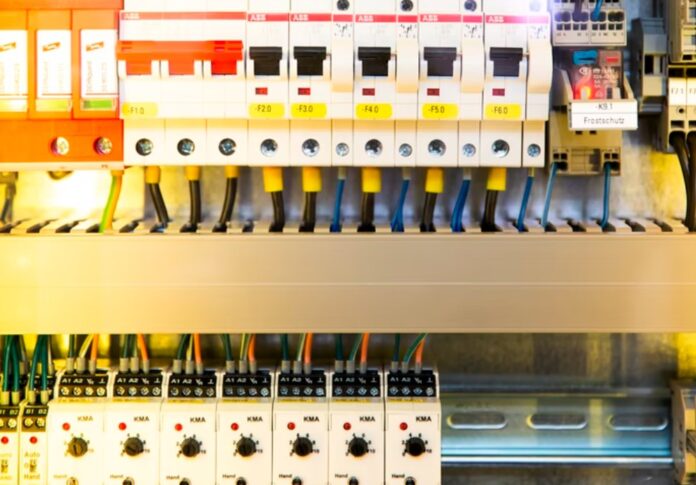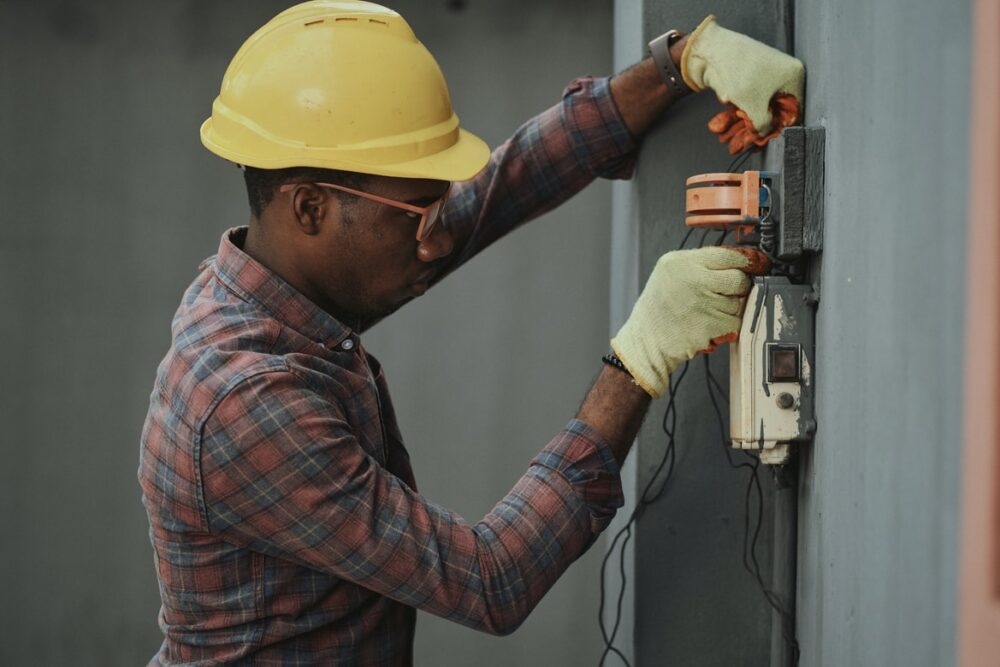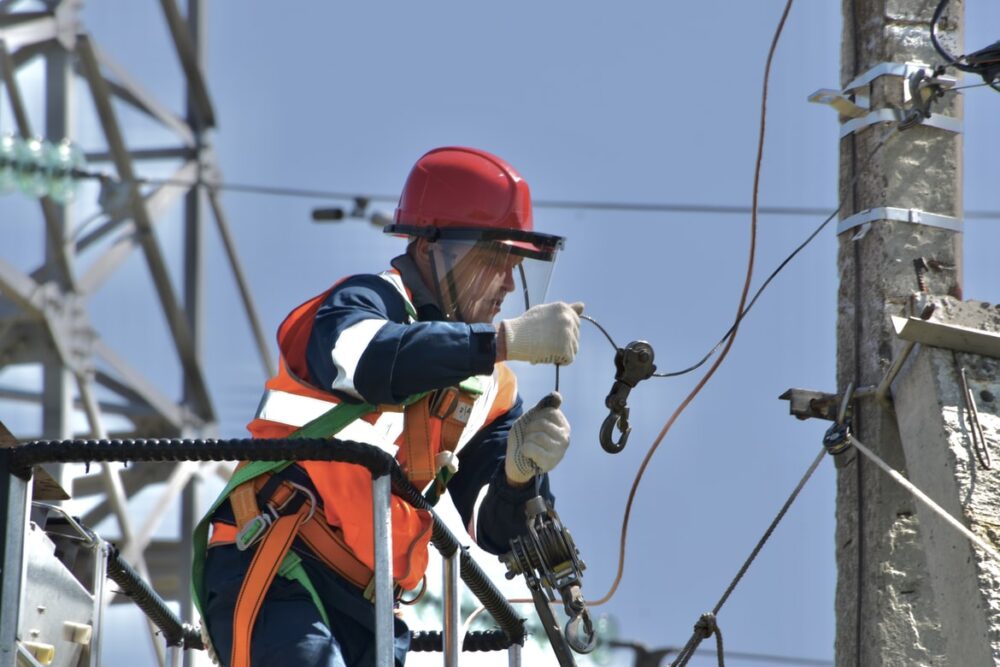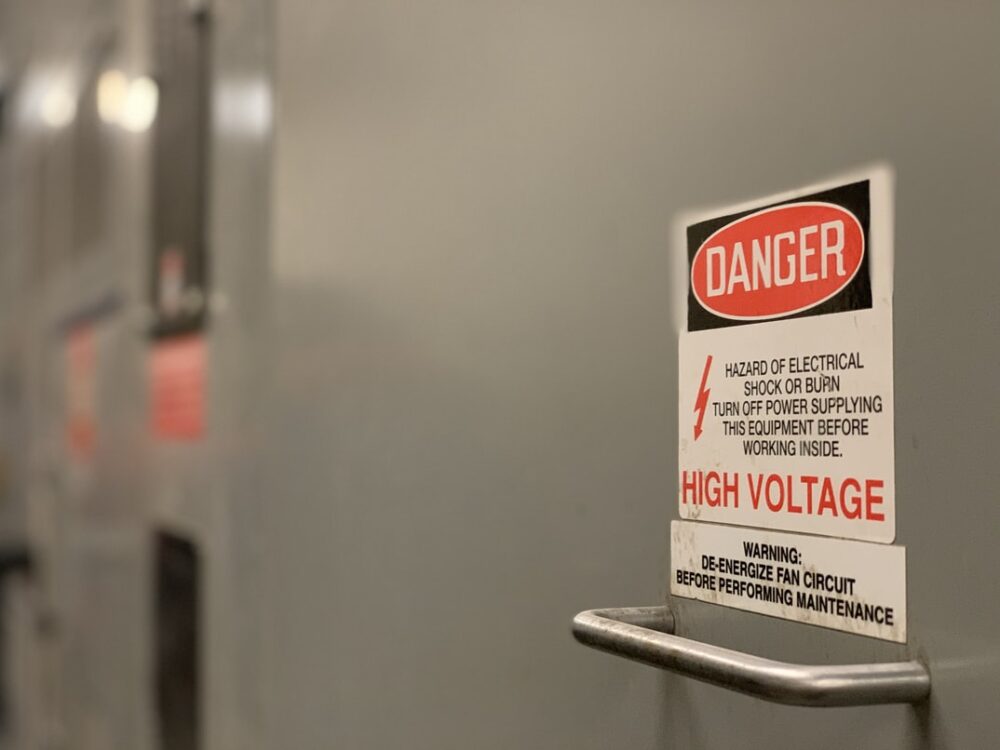
There is no denying that electricity is a tremendously potent source of energy. However, the same energy may also pose a significant health risk, resulting in major injuries and fatalities. This is why those in the electrical sector create electrical safety regulations.
As a result, while dealing with electrical safety, it is critical to employ the same methodical approach that is utilized for other health and safety concerns. No one can overestimate the value of electrical safety knowledge. It is essential to understand how to operate securely with or near electricity since the electrical current in typical companies and households has enough power that if exposed to, may be lethal.
Identifying Safety Hazards

Because electricity cannot be smelled, heard, or seen, ensuring that you have the proper procedures in place to handle this dangerous energy is vital to the well-being of your staff and your company. There are two significant dangers associated with electricity:
- Electric shock
- The Arc Flash
Electrical safety is critical because risks like arc flash and shock can kill you if you are subjected to them. Thankfully, the risk of this happening is minimal. Control strategies to prevent these dangers, on the other hand, need proper management, thoroughness, and technical expertise.
The following are some of the injuries that can occur as a result of electric shock:
- Cardiac arrest as a result of an electrical action on the heart
- Current traveling through the body causes musculoskeletal, nerve, and tissue loss.
- Thermal burns as a result of coming into contact with an electrical circuit.
- Falling or being injured after coming into touch with electricity
The following are some of the injuries that can occur as a result of an arc flash:
- Burns caused by the arc’s extreme temps
- Blindness caused by the arc’s UV light
- Hearing impairment induced by the arc blast’s shock wave
Personal Protection First

For both day laborers and professional laborers, safety is a big concern. Accidents occur even in the construction sector each year, and many of them are the result of a lack of Safety Equipment (PPE) or failure to use the issued PPE. PPE is equipment that protects workers from hazards to their health or safety on the job.
When technical and managerial controls are neither practicable nor effective in reducing these risks to an acceptable level, the goal is to decrease employee hazardous situations.
Commonly used personal protective equipment (PPE) and its advantages:
- Hard helmets are meant to protect the worker’s head from flying or falling items that may otherwise strike or puncture the worker.
- Eye and Face Protection: Eye and face protection can provide you with the necessary protection for your eyes and face.
- Respiratory protection: Respiratory protection is critical in locations with dangerous compounds.
- Hand and skin protection: Because so much labor is conducted with the hand, gloves are a must-have item for protection.
- Hearing protection: Earmuffs are often more effective at decreasing high-frequency sounds/noise than earplugs are at minimizing low-frequency sounds/noise.
Where any equipment or devices come into contact with live electricity, you should get them examined by specialists. Knowing about possible risks isn’t always enough; you’ll also need arc flash apparel, electrical gloves, electronic footwear, electrical protective gear and helmet, insulation blankets, custom protective goggles, insulated handling equipment, and so on.
Electrical Safety Equipment

Only in the presence of a full circuit consisting of a load (a device that uses electricity), a grounding, and a conductor can electricity function. To finish the circuit, electricity flows via the conductor initially, then to the load, and lastly to the ground. Whenever a person becomes a member of a circuit containing electrical energy, the person will feel an electric shock. Even a modest quantity of electrical energy, such as 50 milliamperes, can kill a human.
Electrical company owners should enforce electrical safety procedures at work to safeguard their employees from being hurt or experiencing electric shocks. While purchasing safety-compliant electrical devices will undoubtedly cost you money, it will be worth the investment.
Furthermore, from a practical standpoint, this money is quite small in contrast to what you would have to spend if your workers or employees file a lawsuit against your firm for a dangerous working environment! Consider contacting electrical connector and cabling manufacturers, and switchgear companies like elecspare.com that offer safety-compliant products for commercial use.
Electricity Safety Training

Training may give personnel the knowledge and skills they need to properly detect and perhaps eliminate safety hazards. Some of the topics covered in Electricity Safety Programs are as follows:
Some of the topics covered in Electricity Safety Programs include:
- General Principles on electricity and the human body
- Electrical appliances
- Dangers and hazards of electrical equipment and electricity
- Dealing with Electrical Protection, Segregation, and Monitoring Overhead, Underground, and Concealed Electricity
The Bottom Line
It is critical to use PPE and wear it correctly at work to cater for avoidable damage. Deciding not to use personal protective equipment (PPE) may be risky, particularly when it may save your existence. Never be afraid to question temporary staffing firms if they have the appropriate PPE. Safety is critical, and understanding the numerous protective equipment can assist to prevent dangerous damage.
As a business or property owner, consider using electrical equipment designed to control any possible hazards in the system.








